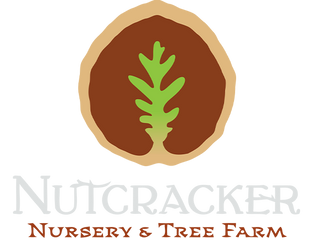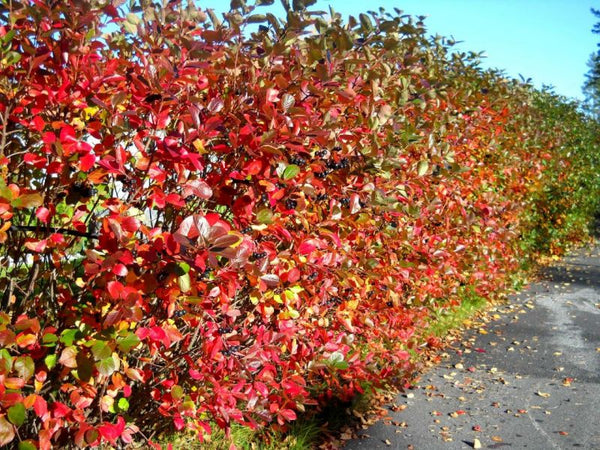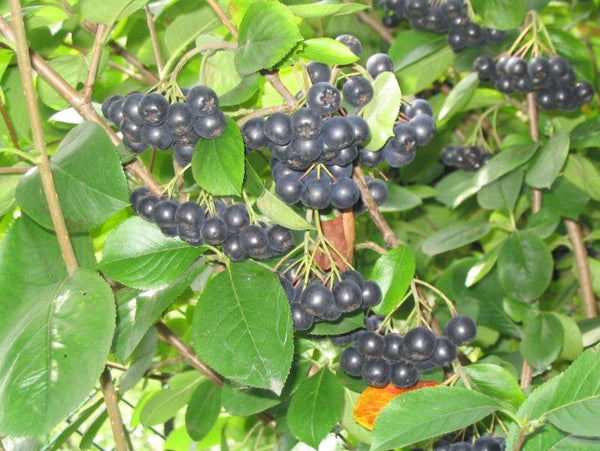ELLIOT chokeberry, Aronia melanocarpa
Shipping calculated at checkout
Only 7 in stock
Need more? Contact us
Main characteristics
- Height/width
- Height approximately 1 to 2 meters; typical width around 1.5 m.
- Height approximately 1 to 2 meters; typical width around 1.5 m.
- Flowering
- Single, white flowers in clusters (“corymbs”) of 6 to 12 flowers, diameter approximately 15 mm.
- Flowering around late May to early June.
- Fruits/berries
- Generally globular or oval berries, 6-8 mm in diameter, shiny dark purple-black in color, with a small “cross”-shaped depression at the top.
- Generally globular or oval berries, 6-8 mm in diameter, shiny dark purple-black in color, with a small “cross”-shaped depression at the top.
- Harvest
- August to September depending on the region.
- August to September depending on the region.
- Hardiness/zone
- Hardy to zone 2b in several sources, meaning it can withstand very cold winters (≈ -40°C or slightly less depending on location); some sources also mention zone 2a.
- Hardy to zone 2b in several sources, meaning it can withstand very cold winters (≈ -40°C or slightly less depending on location); some sources also mention zone 2a.
- Soil type/conditions
- Prefers cool, well-drained soil. Tolerates some moisture but does not tolerate saturated soils.
- Ideal in full sun, but can tolerate partial shade with a decrease in yield or quality. Recommended pH around 5-6.5.
Yield & uses
- Yield per plant: Approximately 14 lbs (≈ 6-7 kg) per plant for ‘Elliot’.
- Yield per hectare: Approximately 14,000 kg/ha for this variety under optimal growing conditions.
- Uses: Mainly for processing—juice, jellies, derivative products. Less often consumed fresh due to its astringency.
Strengths & advantages
- High hardiness: Very good choice for regions with harsh winters, thanks to its hardiness zone 2b.
- Fairly good production from the first few years, especially if conditions are favorable (soil, exposure).
- Ornamental appeal: beautiful white flowers in spring, foliage that turns beautiful colors in fall.
- Versatile for processing: well suited for juice, jelly, concentrates, etc.
Limitations or aspects to watch for
- Astringent taste/acidity: like many aronia berries, the fruit is not sweet when raw and has a strong taste; processing is often necessary to soften it.
- Soil sensitivity: requires well-drained soil; overly wet or heavy soils can be problematic.
- Late ripening possible: depending on latitude and conditions, the fruit may require the entire warm season to ripen. If autumn is short, choose the location carefully to maximize warmth and season.
- Maintenance: pruning, good ventilation, possibly protection of fruit from birds or losses due to late weather conditions.



